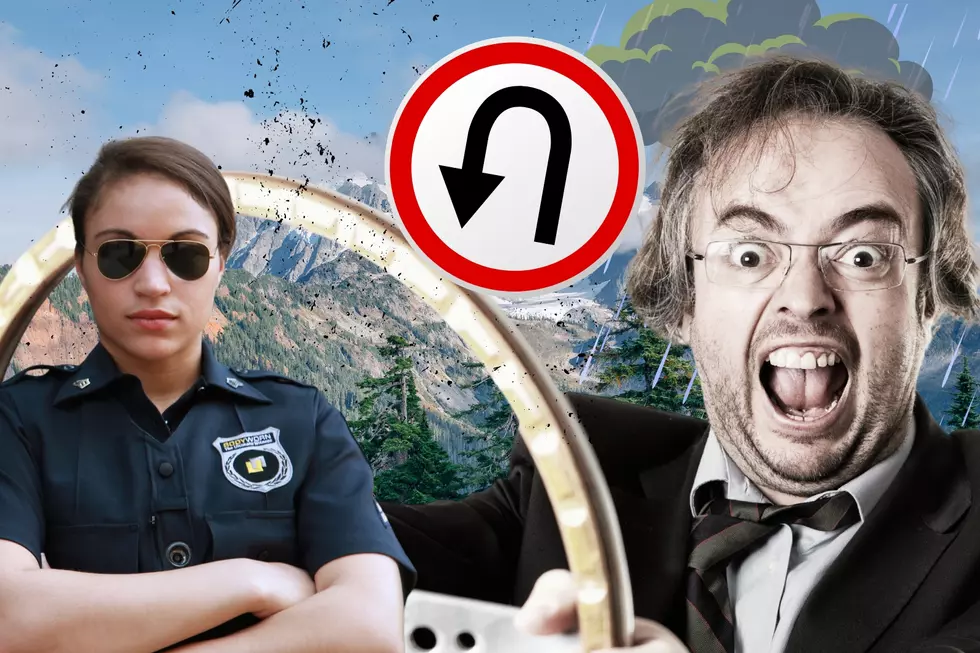
Saddle Up – Polo For Pegasus Chukkers For Fun and Fundraising!
Marco? Polo!
When you think of Polo, what comes to mind? The rich and the famous? Big hats and expensive sunglasses? Champagne on ice and tan sweaty men? Powerful, agile horses jostling for advantage? British and Argentinian accents? OK. That all makes sense, but Polo, like football, can be enjoyed at all levels of play as we hope you'll find out!
Time to bust some Polo myths on behalf of the Pegasus Project, for the good of special needs kids and adults in Central Washington.
Myth Busters
Here's Myth #1 - Polo is only for the super-rich. Not true. If you love well-trained horses. If you love intense competition. If you are a fan of the challenge of making split-second decisions while maintaining balance, coupled with precision accuracy and doing it all at 30 miles an hour, then you could be a polo fan regardless of what your checkbook says.
Myth #2 You have to go to Florida, California, South Carolina, or Connecticut to watch Polo in America. Not true. In less than two weeks, you can attend the first annual Polo for Pegasus matches presented by Pingrey Ford. Matches will be played on grounds in the Wenas Valley north of Yakima. Set the date for September 18th, and set your watch for 11 am.
Myth #3 Polo is too complicated to understand. Not true Here are the basics of play provided by the Pegasus People and they know a thing or two about horse activities.
The Basics of Polo:
Players ride horses and using mallets (think jumbo croquet at high speed) they move a small white ball down the field until a team scores by driving the ball between the goalposts. Thie action occurs for four periods of play, each seven minutes long. The highest-scoring team wins.
Polo Terminology:
Chukker - one of the periods of play. There are four "chukkers" in a polo match.
First Drop - the ball pitch onto the field that starts the play of the game.
Handicap - the skill level of a polo player or team.
Divot - the turf holes that have been kicked up by the horses.
Sideboard - vertical boards lining the field that create the space of play
Mount - a polo pony.
Polo Pony Primer
They are called "ponies" but they are strong, agile, full-sized 1,000-pound horses. Here's a quick pony primer.
" The term “polo pony” is used to describe any breed of horses used to play polo, but not a breed in itself. The four primary horse breeds used during polo matches are Thoroughbred, Argentine Polo Pony, Thoroughbred-Quarter cross, and the Manipuri Breed. The majority of polo ponies are mares. They are preferred over gelded males and stallions for their softer temperament
Polo ponies have their tails plaited up before a match so that they don’t end up tied up in a polo mallet during a game. They also have their manes hogged, and sometimes their dock trimmed or shaved.
It doesn't take a village but it does take a herd . According to the U.S. Polo Association, two teams on the pitch with four players on each side and six chukkers will total 48 horses. If you include a couple of horses for each umpire and two umpires per game, that’s 52 horses total."
Here's a brief look at what's called The Gentleman's Sport.
Ticket Options:
So, come see polo for yourself and support the Pegasus Project therapeutic riding program. Check out pegasusrides.com * tickets must be purchased prior to the event.
General Admission~ Grass area seating (bring your own chairs or blankets). Enjoy three polo matches, food for purchase, a no-host bar of beer & wine in the Polo Lounge. parking included
VIP Table ~Table for 10. Includes box lunches, 2 free drink tickets per guest, a no-host bar of beer & wine in the Polo Lounge, sparkling wine divot stomp & meet the Polo Players after Party. parking included
More From News Talk KIT









